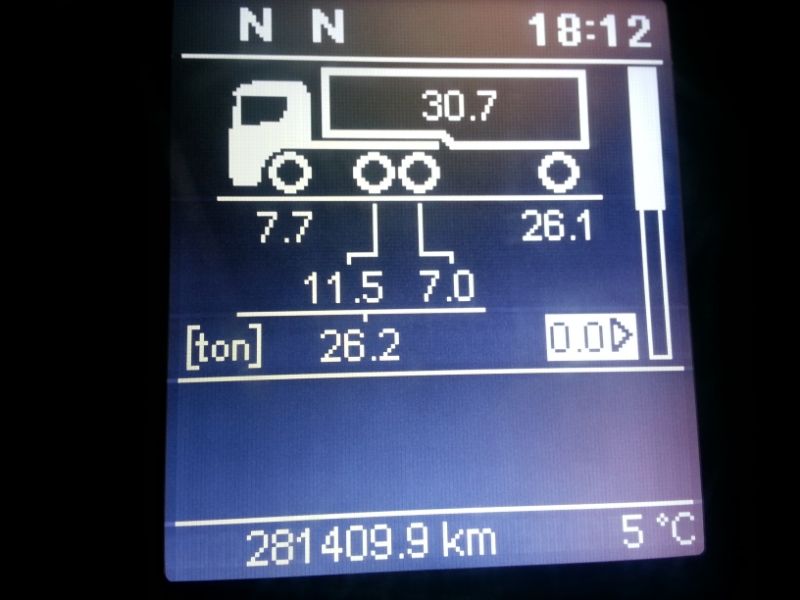Some interesting points there, it seems all of us like having most weight over the drive wheels where possible, and vice versa i don’t think anyone would want a load sitting over the trailer axles only.
Many thanks for the input, sometimes when someone asks a pertinent question about something you do almost automatically it makes you wonder.
One really memorable trip was a snowy winters night umpteen years ago, lorry and A frame drag, empty box on the lorry, heavily loaded box on the trailer (different size boxes, no swap possible), lots of lorry tail out slides but fast as you corrected it one way the A frame sent you another, 30 odd years later i wouldn’t have taken it like that.
daffyd:
You see things loaded on flat-beds sometimes with whatever it is over the trailer axles but nothing on the front.
I dunno why but maybe if there’s some weight over the trailer wheels the brakes would be less likely to lock up so the trailer brakes would be more effective… Less chance of the trailer pushing the unit forward when turning
Then again, if there was weight over the drive axle then those brakes would work better so less chance of the trailer being able to push the back of the unit round
Hmmmmm
I’ve quoted Daffyd here because he raises an interesting point, for general braking maybe more weight on the trailer would help the trailer pull the tractor up…going back a lifetime, Scanias used to have the trailer only brake handle on the 110/111s that i drove, you could use well loaded trailer to pull you up straight just using the exhauster and trailer handle without touching the footbrake at all, i liked that system because it let the driver decide how to brake, but haven’t seen a trailer only brake fitted to a lorry for 30 years now.
With modern systems though i’m more than happy to carry on loading towards the drive axle, especially with its grip benefits come the white stuff.
Offsetphil, good point that, my boss at the time hired in a Bedford TM 6 wheeler with a Rolonoff hooklift on it, the wheelbase was far too short so when you had a 40 yard bin on the back the bin sat square over both drive axles, had a dickens of a job to get that thing round corners at all loaded and i have no idea what weight distriubution was like, all over the shop i suspect, anything over 50mph with a full bin she’d start to swaying like a caravan…however, on the tip with all that weight back, unstoppable.
Other than that one i loved 6 and 8 wheelers for their stability, would gladly have another.
On the subject of sliding 5th wheels, most blokes i see just shove 'em to the very back and leave them there, spent several weeks perfecting mine by regularly using a customers axle weigher to get it exactly right.
Mine was the only one out of 6 identical lorries that didn’t have the 5th wheel fully back, and several drivers who used mine commented how much more stable it is than the others.
